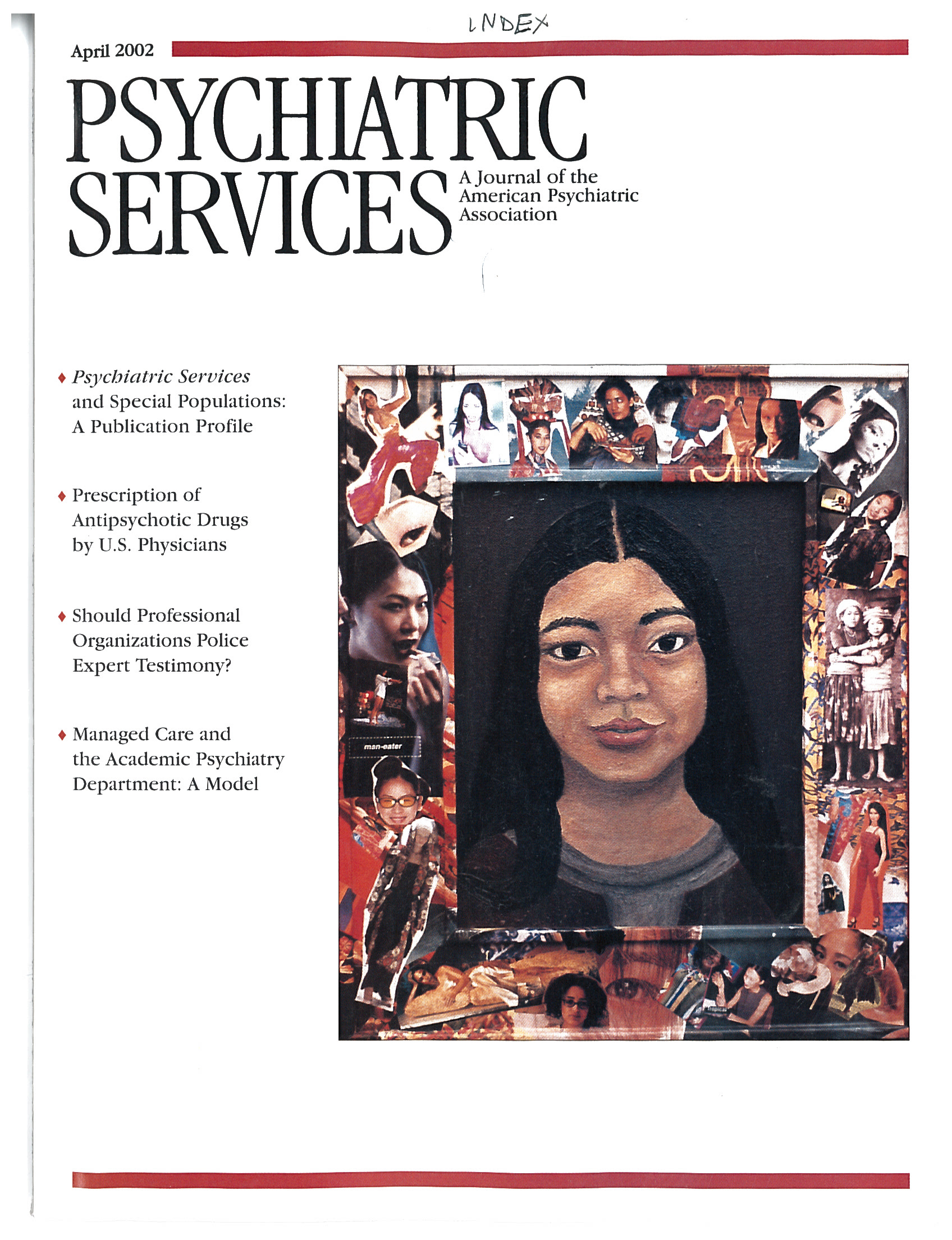Addictions in the Lesbian and Gay Community
This volume is an eclectic collection of papers on gay-affirmative treatment of addictions. It provides essential insights into the intersection of lesbian and gay identities with substance use and abuse.
The book opens with a review of our current knowledge about the epidemiology of addictions in the gay and lesbian communities. This first chapter also provides an excellent general introduction for the mental health professional who is seeking an overview of the field. The author notes that assessing the magnitude of substance abuse in gay and lesbian communities is difficult, because sound methods for obtaining data from random samples of gay men and lesbians do not exist. Until recently, the U.S. government has not funded studies that specifically examine lesbian and gay mental health concerns.
A chapter by Jaffe and colleagues describes a study of 87 lesbians and 89 heterosexual women in which the authors hypothesized that alienation—a term that encompasses powerlessness, "normlessness," and social isolation—would be correlated with use of alcohol. They found that the lesbians in the sample had a higher incidence of alcoholism but scored lower than the heterosexuals on the powerlessness subscale.
Although the study by Jaffe and associates is the only one that focuses specifically on lesbians and substance use, other chapters address lesbian issues with illustrative case histories. For instance, Ziegler, in a chapter on professionals with addictions, presents several cases, including two of lesbian physicians. The treatment plans she includes at the end of each case description provide a clear and concise demonstration of the multimodal approach to substance abuse treatment.
Several chapters describe the subculture of "club drug" use and abuse among segments of the gay male community. McDowell gives a comprehensive overview of the drugs involved, which include Special K (ketamine), Ecstasy (methylenedioxy-methamphetamine—MDMA), and GHB (gamma-hydroxybutyrate). Other authors describe treatment issues in working with gay men addicted to drugs of abuse, and some use psychoanalytic theory to explicate the dynamics of the substance use. Some of these authors attempt to build a conceptual framework for treatment that is based on self psychology and postmodern theory. A useful chapter by Olson focuses on working with gay teenagers.
Readers looking for research papers on addiction and treatment will be disappointed, because for the most part the contributors rely on clinical and personal experience to explicate the different aspects of addiction and treatment.
Addictions in the Lesbian and Gay Community is a landmark book. It outlines the progress that has been made in understanding how substance use affects gay and lesbian individuals, and it describes how practitioners provide gay-affirmative treatment. It also underscores the need for intensive evidence-based research that builds on the work being done by the contributors to this volume.
Dr. Rubin works in private practice and with homeless persons with serious mental illness in San Francisco.



